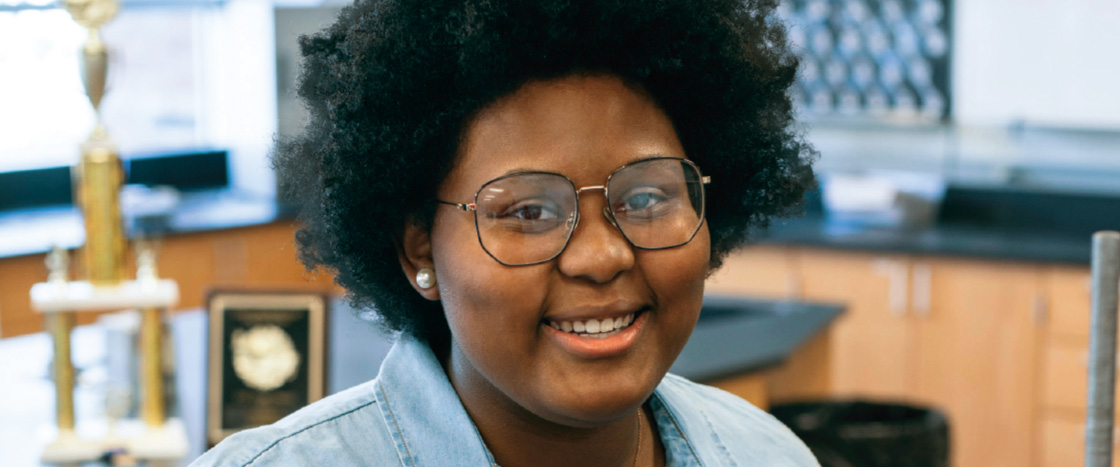Dasia Taylor didn’t think she was a “science person.” But when her teacher asked who would like to enter a science fair, Dasia, 17, raised her hand. She set out to create a new type of suture, a thread to stitch together a wound.
Dasia, who lives in Iowa, had read about “smart” sutures. These threads use tiny sensors to monitor how wounds are healing. But the technology is expensive. Dasia wanted to make an affordable version.

